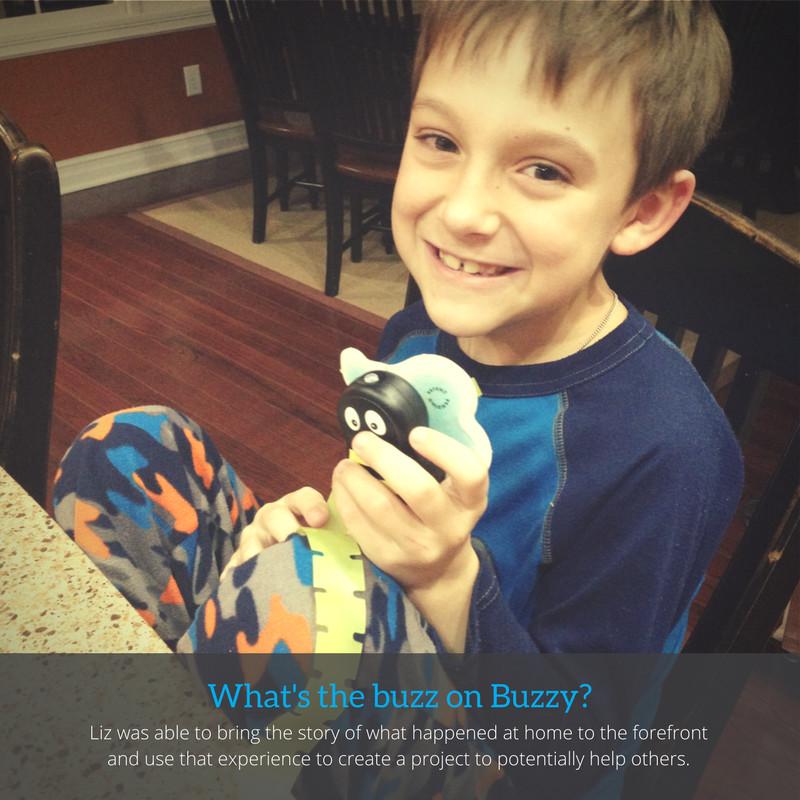Blog

Healthcare wants patients to take an active role: this is what empowerment looks like
At January’s JPMorgan Healthcare conference, hospitals focused on the patient journey, startups discussed the shine and rapid tarnishing of wearable platforms, and everyone seemed to be talking about implementing programs to meet patients where they are – with diet, telemedicine, or ambulatory access.
There are two problems with the current approach to focusing on the patient experience. First, unquestionably, the pendulum swing to patient-as-customer alienates staff, leads to over-testing, and undermines the authority of physicians to tell a patient to lose weight, quit smoking, and exercise. The second challenge lies in creating a system giving patients the experience they, not healthcare, want to have. What remains to be seen is whether patient controlled healthcare results in healthier patients – and if it doesn’t, how can we judge systems on outcomes when patients choose unhealthily? Fortunately, studies support that patients want to make healthy choices – but an autocratic application of research won’t get the buy-in needed to give the benefits. To give patients an active role in healthcare, systems will need to support patient-initiated programs, listen, and be willing to accept that patients may actively want LESS.
1. Don’t assume you have the same goals – one reason wearable health tech rose and fell was that it turns out most people really don’t want to know their own bodies as well as health tech execs do. Over 2/3 of the population is overweight or obese – and they know that. Tracking and pointing out areas where patients already know they have problems may not be the most reinforcing way to solve them. Instead, an empowering patient system will ask patients what their biggest health goal is – and focus on ways to help them there.
2. Ask about what really happens to care plans after patients leave the office – Liz, a mom of a patient prescribed Humira, described administering the drug at home. “The process of negotiating would take nearly an hour, and when the shot was finally given everyone was totally drained. I think there was a bit of a disconnect between what was happening in clinic and what was happening at home.” By researching solutions, she created “Improve Care Now” and improved adherence at home for 82 families in a way that was meaningful to the problems they faced with home medications.
3. Encourage Dr. Google – In our current environment, most patients have researched the health complaint they’re most worried about. Rather than eyerolling, empower patients to tell you what they’re worried about, and help them vet the best sites to research health. The complaint the patient raises at the end of the visit when your hand is on the door is often the one they’re most worried about. Invite the question right up front, specifically, then move to issues you may be more worried about.
4. Give patients the job of their health – whether it’s monitoring, responding, paying attention to body cues, or figuring out their own barriers, let patients know they won’t have good health unless they push for it. Pain management is probably the best example of this – to avoid opioids, patients could use heat, stretching, exercise, vibration, ice, meditation, rolling, water – or a combination. Give pain patients the job of trying different interventions, and keeping track. A recent trend in pediatric procedures is called “Position of Comfort”, giving parents the job of helping secure their child for a procedure. Instead of a Velcro papoose, parents accept the job of holding their child securely for an IV or strep swab. Position of Comfort decreases patient anxiety, staff requirements, and procedural time – and is proof of concept families DO want to be actively involved.
5. Listen, validate with equipoise, inform when not. Patients’ risk benefit analysis may not match the systems’. Patients want to die at home, want less medicine, may not want to spend the money for treatment that would buy them three months. Patients who express concern at the price of a test or procedure deserve to know just how much physicians need that test. Our current litigation system isn’t up to protecting physicians when patients choose less.
6. Invite in the nonprofits. Most chronic diseases have parent and nonprofit support groups. Save the money of a focus group, and simply look at what these programs chose to support with donor dollars. When volunteers and donated funds support programs for patients, you have a clear line to what patients advocating for themselves want and need. A parent group of patients with ITP created a program to help patients with frequent lab draws– they researched it, funded it, and are now branching out internationally. Often patients are already controlling their healthcare –reallocate funds to support established initiatives rather than re-inventing them.
To truly focus on the patient’s experience, it requires the empathy of understanding what the average PATIENT wants, not what we in healthcare assume patients would want, or think they need. Then give them the tools and freedom to create them.